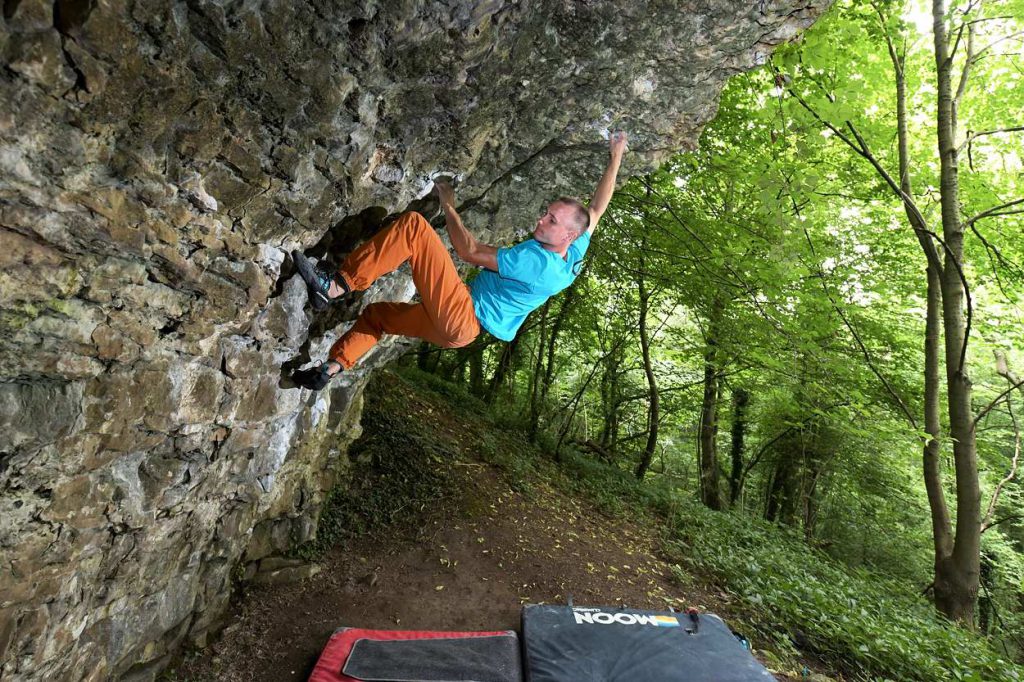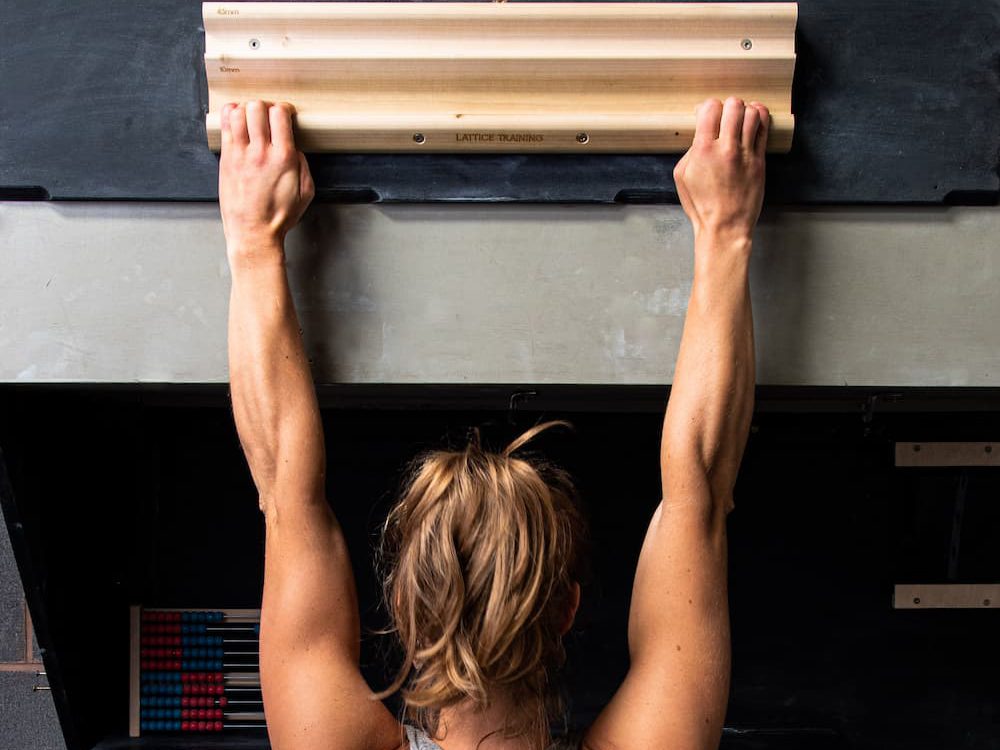How Your Warm-Up Helps Your Headgame for Climbing
Every 2 weeks here at Lattice, the coaches get together and take it in turns to lead a discussion on a topic of their choice. We use these sessions to further educate ourselves and share ideas on the wide range of topics that play into climbing and training for climbing. Here we are looking to share some of the main takeaways so that you can apply them to your own climbing and training!
What are Warm-ups?
Warm ups are an integral part of any athlete’s routine. They shouldn’t only get the body prepared for physical activity. They should also help prepare the mind for the activity about to be undertaken. Some of the main benefits of warming up are:
- Creating mental readiness for performance
- Allow time for reflection and visualisation
- Increased enjoyment and focus
- Reduces risk of injury
Why are warm-ups useful for climbing?
Warm-ups are extremely important to ensure that you are ready and prepared for the demands of the sport. Oftentimes warm ups are often thought of as purely physical endeavours. However it’s important to think about how mental preparation can have a positive impact on performance. It’s been found that top level climbers do mental preparation alongside physical preparation to optimise performance. Many put more importance on the mental aspects of their preparation over their physical preparations.
Climbing is a very cognitive sport. From scary run outs, to deciphering complex moves on your boulder project and even ensuring that you’re really committed to trying hard. These are all areas in which you can direct your mental preparation.
The Mental…
Having a well defined routine which you know to be effective for you is important. But why is this important?
Routines help you to get into the right frame of mind and level of vigor as required on demand. You can think of vigor like your level of oomph to try hard. This means that you can perform equally regardless of the importance of the event. It helps to bring predictability in uncontrolled environments. For this reason, it’s important to find a good warm-up routine prior to an event (such as a redpoint or a competition)
We are all individuals. So it’s important to explore various routines to find the warm up routine that works best for you.
Having a pre-performance routine allows athletes to focus on the task at hand. This can be especially beneficial for controlling negative thoughts and emotions which may creep in prior to an important event.

Some mental preparations strategies include:
- The technical warm-up – this is an important part as you recall motor schemas (learned movement patterns). You can gradually increase the intensity of these until you are at performance level. For instance, if your project has a hard deadpoint you might want to start with some easy deadpoint. Then, gradually increase the difficulty of your warm up deadpoints until you’re ready to perform.
- Review of tactics – needless to say having effective tactics can greatly reduce the length of time it takes to achieve a certain goal. These might include how many tries does my skin have left, bolt to bolt or redpoint attempt etc. Having some time set aside for thinking about these is a good way to ensure that you aren’t overlooking some these aspects that could make the difference.
- Visualisation – Thinking of a time that you climbed at your best and visualising that. How did it feel? Look? Smell? Sound? This can help to ‘anchor’ those emotions to optimise your performance state. The act of anchoring refers to recalling an emotion or frame of mind and being able to recall this feeling. Much like when a song makes you feel a certain emotion or how a smell can take you back to a memory.
- Gear checking – For climbers who deal with higher levels of fear, this can be a crucial part of the process. Obviously everyone should check their gear! But making it a deliberate and conscious part of your process can be good at reducing fear.
- Breathing exercises – Effective breathing techniques can help to induce a mental state that you might be aiming for. Whether this is to reduce stress and forget the days’ distractions, or to increase levels of vigor/arousal.
What are some of the limitations of a pre performance routine:
- To find an effective warm-up routine you must dedicate some time to finding one that works and deviation from routine can prevent success of the routine (this is why we should aim to make routine transferable so that deviations are unlikely, more on this below).
- There is limited research in long term effects. It’s possible that some routines may become stagnant over time. Some argue it’s worth varying the routine each season to help to combat this.
- It must be a conscious effort, going through the motions will have negative effects on the physical and mental aspects of the warm-up – lack of focus. So you must have buy-in and you must feel committed to the routine for it to be effective.

Main takeaways for climbers
So how do you find something that works for you? This is where some experimentation is important, and it may feel forced and structured at first, but it’s important to keep at it, it will get easier with time!
Here are some things to consider in creating your pre-performance routine:
- Trial and Error – Start with a basic full body warm-up. Add in elements of a mental warm up that suit you (breathing, visualisation) at specific points. Be patient with yourself as you discover what works and what doesn’t
- Write it down – once you’ve found a good routine – include each exercise and timings, keep this with you for quick reference.
- Repetition – repeat every climbing session.
- Make sure it’s not too long! 15 minutes is good to get everything done and still keep motivation and adherence.
- Ensure its transferable (can be done at the wall, crag or comp) – portable fingerboards, thera bands, floor work, flexible climbing exercises
- Consider your psychological needs e.g. performance anxiety or high distraction
Creating your pre-performance routine:
- Begin with creating your physical warm-up (having this written down can make sure that no part of the body is skipped)
- Consider length of the routine, adherence (are the exercises ones that you are likely to stick with and complete every session), and it’s effectiveness
- Add visualisation or mental preparation elements once physical warm up is established
Interesting links/resources
If you’d like to learn more, here are some interesting resources for further reading.
- Mental imagery in athletics
- Routine in sport
- Warm up and psychological related effects
- Warm-Up Strategies for Sport
- Pre performance routines in sport
- Motor benefits of routine warm up
Read more of our Lattice Training Insights on the Lattice Training Blog





